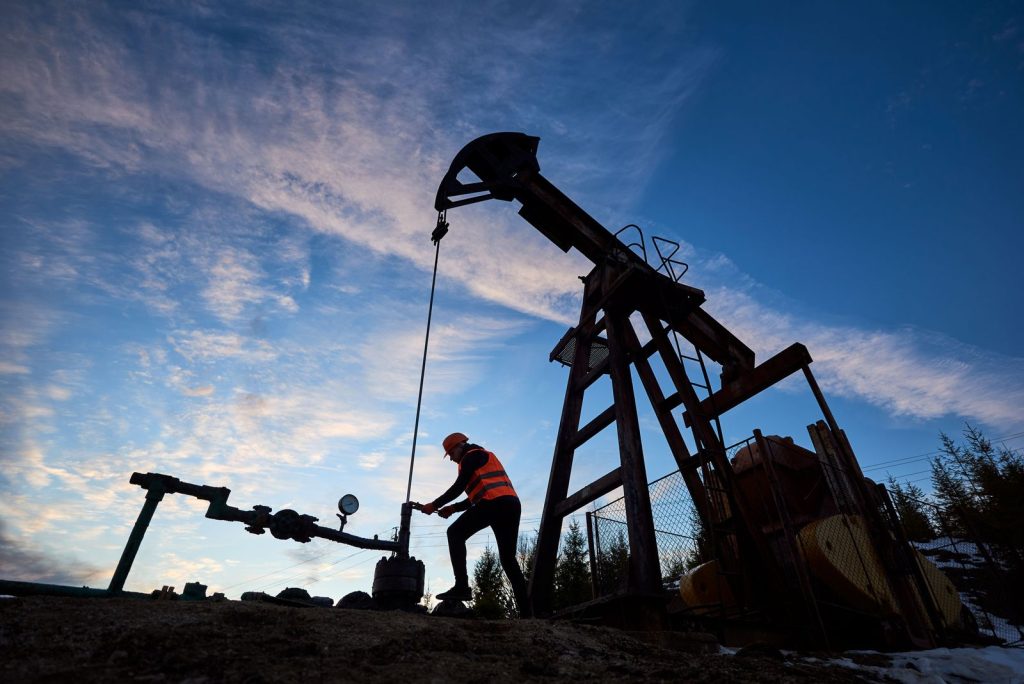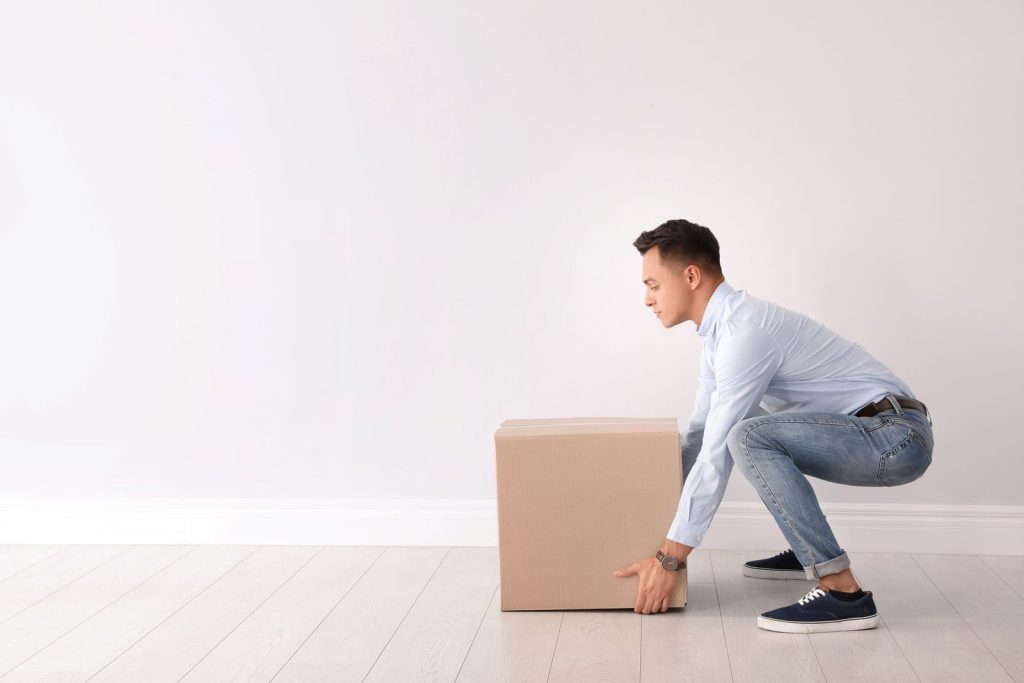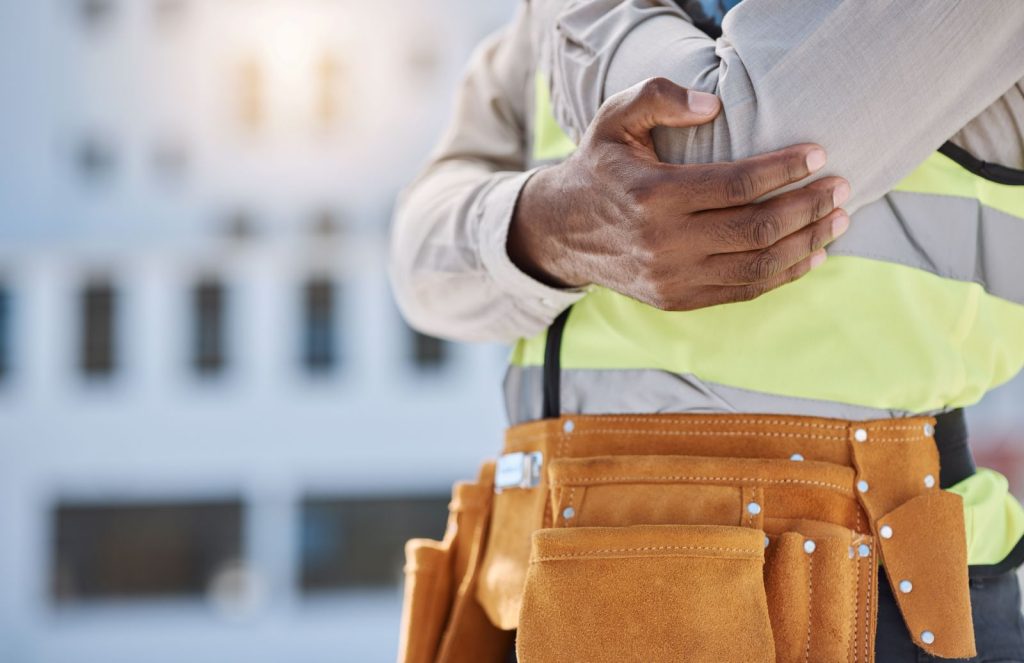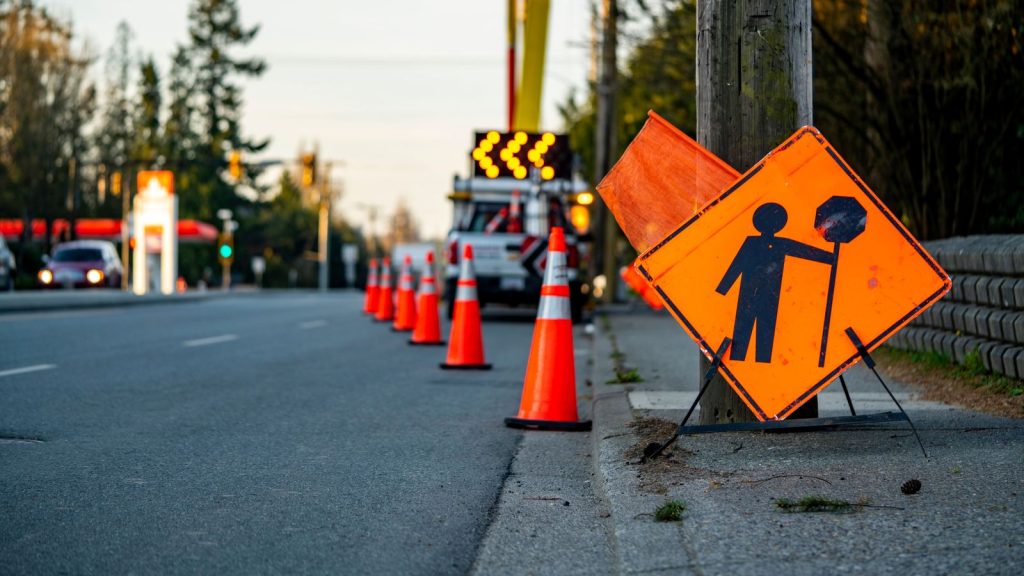17 Tips for Preventing Slips, Trips and Falls in the Workplace
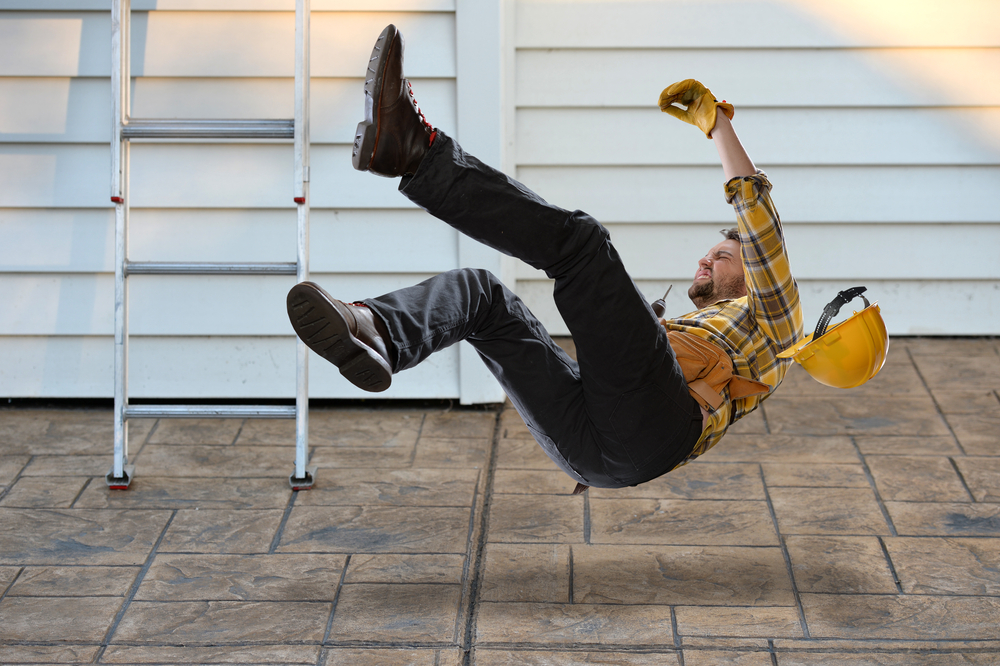
Some of the most common hazards in the workplace are slips, trips and falls. They can put workers at risk of injuries such as:
- Sprains
- Strains
- Cuts or lacerations
- Bruises and contusions
- Fractures and broken bones
- Other injuries like traumatic brain injuries (TBIs) or spinal cord injuries (SCIs)
In severe cases, such as in a high-risk occupation like construction, slips, trips and falls can result in death. It’s important to take certain steps to help prevent slips, trips and falls in the workplace to help protect your employees.
What are slips, trips and falls in the workplace?
To help ensure a safe working environment, it’s crucial to understand the concepts of slips, trips and falls:
- Slips — A slip in the workplace can happen because of a lack of friction or traction between a person’s footwear and the walking surface. Slips can result in falls and potential injuries.
- Trips — A trip in the workplace can happen when a person’s foot strikes or hits an unexpected object or uneven surface, causing them to lose their balance. This loss of balance can potentially lead to a fall and injuries.
- Falls — A fall in the workplace can result from a trip or a slip when a person’s center of gravity is shifted and balance is lost. Falls can range from a minor tumble on the same level to a fall from a significant height. They can result in a variety of injuries, from minor bruises to severe, life-threatening conditions.
What are common causes and risk factors of slips, trips and falls in the workplace?
Identifying the common causes and risk factors of slips, trips and falls in the workplace is essential for creating a safer work environment. Understanding these factors helps in developing effective strategies to help prevent accidents and protect employees from injury. Common causes of slips, trips and falls in the workplace include:
- Wet or slippery surfaces — Surfaces that are wet or greasy can create a high risk situation for slipping. These conditions reduce traction between an employee’s footwear and the floor. This can be due to spills, leaks or cleaning processes that can leave the floor slick.
- Uneven or poorly kept surfaces — Flooring that is either not level or not in good condition can cause tripping hazards. Cracks, holes or even uneven surfaces can disrupt the smoothness of the walking path and cause an employee’s foot to catch or cause them to lose their balance.
- Cluttered work areas — Items left in walkways or workspaces can obstruct movement and increase the risk of tripping or stumbling. Clutter can also block emergency exits and create additional hazards.
- Bad lighting — Bad lighting can make it hard to see hazards or obstacles, which can increase the likelihood of accidents. Shadows, glare and dimly lit areas reduce visibility and can make potential dangers hard to see.
- Improper use of equipment — Not using equipment properly can cause accidents, such as falls from ladders or trips over equipment. Additionally, failure to use fall hazard equipment when appropriate significantly raises risk of harm and injury. Improper use also includes tools and machinery and how they are stored and maintained as well as handling or usage.
- No handrails or guardrails — Handrails and guardrails are essential for safety in places where there is a risk of falling from heights. Not having handrails or guardrails can increase an employee’s risk of falling, especially if the area is high traffic or high elevation.
Risk factors of slips, trips and falls in the workplace include:
- Employee footwear — If an employee wears shoes that don’t have proper grip, support or cushioning, they can be more likely to slip, trip or fall. Their footwear should be appropriate for their work environment and job performance.
- Employee behavior — An employee who practices unsafe behavior can significantly increase the risk of accidents for themselves or other employees. Rushing or not paying close enough attention can cause mistakes that could have been avoided.
- Environmental conditions — External or internal environmental factors can create hazardous conditions that can result in slips, trips or falls. Environmental conditions can include weather-related conditions and workplace-specific environmental issues.
- Workplace design and layout — The design and layout of a workplace can impact employee safety. Poorly planned work designs can create hazards, make hazards worse or make safe navigation complicated.
- Maintenance — Regular maintenance of property grounds, floors and equipment is crucial for helping to ensure employee safety. Not performing regular or full maintenance can make conditions unsafe and increase the risk of accidents.
- Training and awareness — Conducting proper training, including using tips from the Occupational Safety and Health Administration (OSHA), can help employees understand how to recognize and avoid hazards. Conversely, lack of training or awareness can lead to unsafe practices and an increased risk of accidents.
By addressing these common causes and risk factors, employers can implement strategies that can improve workplace safety and reduce the likelihood of slips, trips and falls.
Tips for preventing slips, trips and falls in the workplace
Slips, trips and falls are common workplace hazards that can lead to injuries. Here are 17 tips to help prevent slips, trips and falls in the workplace:
- Create a comprehensive safety plan — Create a detailed plan that outlines a risk assessment, safety standards, emergency procedures and employee responsibilities.
- Maintain a clean and organized workspace — A clutter-free workspace reduces tripping hazards. Regular cleaning and tidying up are essential.
- Provide adequate lighting — Sufficient lighting can help employees see potential risks. Install adequate lighting in high-traffic areas, such as:
- Hallways
- Stairways
- Exits
- Use safety signage — Clearly mark hazardous areas and have safety instructions posted. Utilizing the following can help prevent accidents:
- Warning signs
- Control zones
- Designated pathways
- Address spills promptly — It’s essential to clean up spills immediately to help avoid slipping hazards. Consider using dewatering equipment for larger spills.
- Conduct regular inspections — Perform routine inspections. These inspections can help you identify potential hazards and address them quickly. This includes regular floor maintenance to inspect floors for damage and wear. Invest in nonslip flooring options where necessary.
- Provide employee training — Educate employees about slip, trip and fall hazards, as well as proper safety procedures. Regular talks can help reinforce safety messages.
- Require appropriate footwear — Having employees wear nonslip shoes with good traction can protect them against various hazards.
- Promote safe walking — Remove tripping hazards in walkways, doorways and stairs. Remind employees to keep drawers and cabinet doors closed when possible. Encourage them to walk in designated paths where available and reduce their walking pace at corners and intersections.
- Use safety aids — Install handrails on stairs; provide carts for transporting heavy items and step stools for reaching high objects.
- Keep an increased awareness — Remind employees to stay alert when walking, addressing new hazards before continuing. They should report identified hazards to help prevent potential injuries.
- Promote awareness of weather conditions — In work areas with icy or slippery surfaces due to weather, remind employees of these best practices for safety:
- Wear shoes with extra traction.
- Uses caution when entering or exiting vehicles.
- Walk with feet spread slightly apart and toes pointed outward.
- Extend arms for balance.
- Take short steps or shuffle for stability.
- Maintain property grounds — Be sure that parking lots are well maintained, with no potholes. Stairs should be well maintained, free of obstacles, and a nonslip surface. Clear snow and ice from parking lots, stairs and entryways in a timely manner.
- Have an emergency response plan — Develop and implement an emergency plan for responses when a slip, trip or fall accident occurs. Use posters from OSHA to display proper procedures for responding to slips, trips and falls. Procedures in the emergency response plan should include:
- First aid
- Medical attention
- Incident reporting
- Encourage caution when carrying loads — Workers should avoid carrying heavy or bulk items that can obstruct their vision or impede their balance when navigating.
- Request reports for near misses — If employees experience a near miss, they should share the incident where it almost happened. This can help identify potential developing hazards and prevent future accidents.
- Incorporate a prework warmup — Adding a warmup routine enhances not only employees’ physical readiness, but mental preparedness, too. Warmups stimulate the mind and increase overall alertness.
By combining these strategies, businesses can help significantly reduce the risk of slips, trips and falls, creating a safer workplace for everyone.
Work-Fit can help you create a safer workplace environment
Preventing slips, trips and falls is essential to help create a safe and productive workplace. By implementing strategies like the ones listed above, Work-Fit can empower your organization to identify and mitigate hazards, protect your employees, and foster a culture of safety. A proactive approach to slip, trip and fall prevention can help significantly reduce the risk of injuries, improve employee morale and enhance overall workplace efficiency. Remember, a safe workplace is a shared responsibility. By working together, we can create a safer workplace environment for everyone.
Contact our team today for more information about our services or to learn how we can help keep your employees working and living well.
